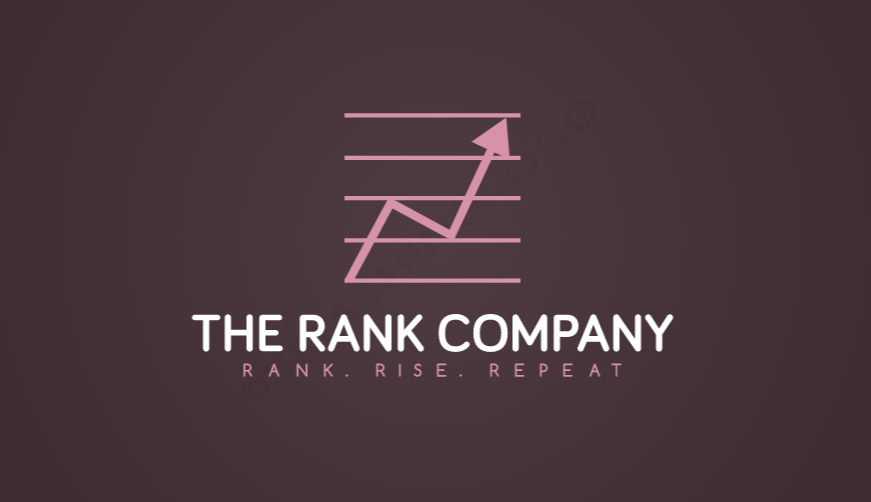10 SOS Ways to Make Your Website Faster

You know what nobody likes these days? Nobody likes to wait ages as a website loads. So if you aren’t giving your website loading speed the importance it deserves, you are making a huge mistake. 47% of the visitors expect a page load in 2 seconds or less – and you really can’t let them down.
But before we discuss the different ways in which you can make your website faster, we’ll first explain how website speed optimization affects conversions. So, it doesn’t just improve user experience but also affects a website’s ranking on Google.
Why is Page Speed so Important?
Before you start this, ensure that you take a speed test to determine the benchmark you’re starting at. By doing this, you’ll know how through you’ll have to be and how much efforts you’ll need to put in.
Now, if you want to get those conversion rates up and improve the experience of your website visitors, you can follow the steps given below:
- Switch to a Faster and More Reliable Web Hosting
The path to getting a faster website starts by getting good hosting. If you are really determined to delivering only the best experience for your users, you need to switch to the best hosting companies and ensure that the speed of your website doesn’t suffer.
Now if you do do this, the hosting company will take care of the rest. They take care of everything – from improving the quality to regularly updating the software components, it can do a lot of things to increase the speed of your website.
To start with, Bluehost is always a good option. The hosting platform is one of those rare companies that has been officially recommend by WordPress. After years of experience and hosting numerous websites, the platform has emerged on top and can help you up your game too.
- Switch to a Faster and More Reliable Web Hosting
When a page is loading, 80% of that loading time goes into downloading the different elements of the page such as the images, stylesheets, and scripts. To help you understand this better, you need to know that a separate request is made for each of them.
This means that more the number of components, the more time it takes for a page to load. To help you minimize the time your website currently takes, you first need to find out how much time your website currently takes to load so that you have a benchmark.
By using Google Chrome’s Developer Tools sidebar. Once you find out the total number of requests the site makes, you can go over the files and see if you can remove any that aren’t contributing anything.
Even though you might not see any difference right away, however, these might come in handy for combining. Something we’ll be discussing in the new steps.
- Switch to a Faster and More Reliable Web Hosting
As you have already determined the number of requests your site is making, you can get cracking on reducing that number. The first place to start with are your HTML, CSS, and JavaScript files.
These files are very important because they are responsible for determining how your website looks. They even add a number of requests to your total tally each time a user visits your website.
This tally or number can be bought down if you ‘minify’ and combine your files. By doing this, you’ll be reducing the size of each individual file and consequently, the total number of files.
There are several ways in which you can minify and combine files. One easy way, if your website is on WordPress, is with the help of plugins such as WP Rocket. This can streamline the process and make it really simple.
Using the plugin, just go to the ‘Static Files’ tab and then check for files you can minify and combine. These can include HTML, CSS, and JavaScript files, as and even Google Fonts. After that just click on ‘Save Changes’ and finish the process.
- Switch to a Faster and More Reliable Web Hosting
When we think of themes, we let ourselves think they are all about the visuals. But a lot of work goes behind the development of these themes such as features, options, and images, and all the other elements.
When a website loads that has a theme, you can only imagine how much lesser time one than includes 5 images will take as compared to one that has 10. But just the exact number is not all that’s important, how well everything is optimized is also significant.
WordPress has several themes and templates and you will have to research which ones to go for. You’ll need to figure out which the best ones are because the ideal one should have not just look good but also be optimized so that it doesn’t take forever to load.
Some good choices are: Hello Elementor, Astra, GeneratePress, OceanWP, and Sydney.
- All the Images You Upload on the Site should be Optimized
High-quality images are pretty large sized and can be a major contributing factor in increasing the page speed. If you go ahead and upload images that aren’t optimized, they will seem unnecessarily large and difficult to download.
Lucky for you, optimizing your images by resizing them isn’t that hard to do. You can also use image optimization tools such as TinyPNG and it will help you in uploading your coure images and then be optimized automatically. Just upload the images you want optimized and see the tool do its magic.
But if you’re someone with a website that’s already up and running and don’t have the time to optimize one image at a time, you can check the ShortPixel Image Optimizer plugin and it will solve all your issues.
For those looking to resize images and aren’t using WordPress, you can easily find a number of free options if you search for them.
- All the Images You Upload on the Site should be Optimized
Before you page even starts loading, you also need to check how much time it takes for your page to even start loading. Time to First Byte (or TTFB) is the time a browser has to wait before it receives the first byte of data from the server.
According to Google, the time it takes should be less than 200 ms. And unlike the many other front-end performance factors many site owners concentrate on, this particular one is a server-side concern.
Whenever a user visits your site, the browser they are using sends an HTTP request to the server that is hosting it. This process can take some time and you can determine how much by checking the Developer Tools sidebar in the Chrome browser.
If the time it takes is less than 200 ms, then all is okay but if it’s not, there could be a number of reasons. Network issues, dynamic content creation, web server configuration, and traffic are some of them.
- All the Images You Upload on the Site should be Optimized
Now if you want your site to load quickly, you need your files to be the smallest size they can be. Also, there can’t be any compromises on quality either. So the smaller the size, the lower your overall load times will be.
When a lot of images align with other content are put on a page and the size exceeds 100KB, the site becomes bulky and loads slowly. To speed up the download times, you can compress them.
To see how compression will speed up your site, use the GIDNetwork and run the compression audit. The report will help you and become your benchmark to see the results of compression.
It will also let you know what potentially reducing the page’s size in both size and percentage will help you in achieving. The compression will include HTML, CSS, JavaScript, plain text, and XML files.
- All the Images You Upload on the Site should be Optimized
A Content Delivery Network lets you host your website on several servers across the globe. With the help of a hosting service such as BlueHost, you will be able to find the TrueSpeed CDN inside the control panel.
Set it up. And just by doing that, your site will go global and will start loading faster for people across the world. You can even get some 3rd party CDN services. Some of these are:
- All the Images You Upload on the Site should be Optimized
As you build your website, it makes sense that you’ll want to have all the videos and large media files on your own server. Although what you might be missing out on is that storing and coming out with large files can take up a lot of the server resources.
When we talk about the speed of your site, it will become so much easier if you offload videos and large media files onto their party services and save bandwidth. If you don’t directly use your server to upload a video but load one from YouTube, it’ll work the same.
- All the Images You Upload on the Site should be Optimized
When executed properly, redirects help in improving user experience and can even lead to better SEO scores. So this means that having active redirects to your website will only help in your rankings.
But there is a twist in the story. With every redirect, your website becomes a bit slower. So while getting too many redirects will be great for SEO purposes, the milliseconds will add up and will end up making your website slower.
Some popular tools that’ll help you in handling redirects are:
- All the Images You Upload on the Site should be Optimized
Small things can lead to big results. For instance, if you’re publishing a blog, you can achieve a faster site by making a few changes. Instead of showing the most recent articles for thee blog section, you can use excerpts and not load the entire article.
How much you’ll be showing will depend on your homepage’s theme. So just go over the documentation or contact support if it’s not already turned on. And if you get a lot of comments, you can even choose the number of comments you want displayed (if the option is available).
In such little ways, you can kittle by little relatively improve your website’s loading speed.
Final Thoughts
Now, if you do follow any or even all of these steps, your site’s speed must have already improved. But that’s not that you have to do. You can’t just slip up and let things be. You meed to regularly do speed tets and keep working on your site.
A well-designed and maintained website it liked by everyone. However, if you become lazy and as result your visitors have to lose their precious time waiting, the chances are high that your bounce rates will rise.
So the bottom line is – don’t become laid back and sacrifice speed for aesthetics.




